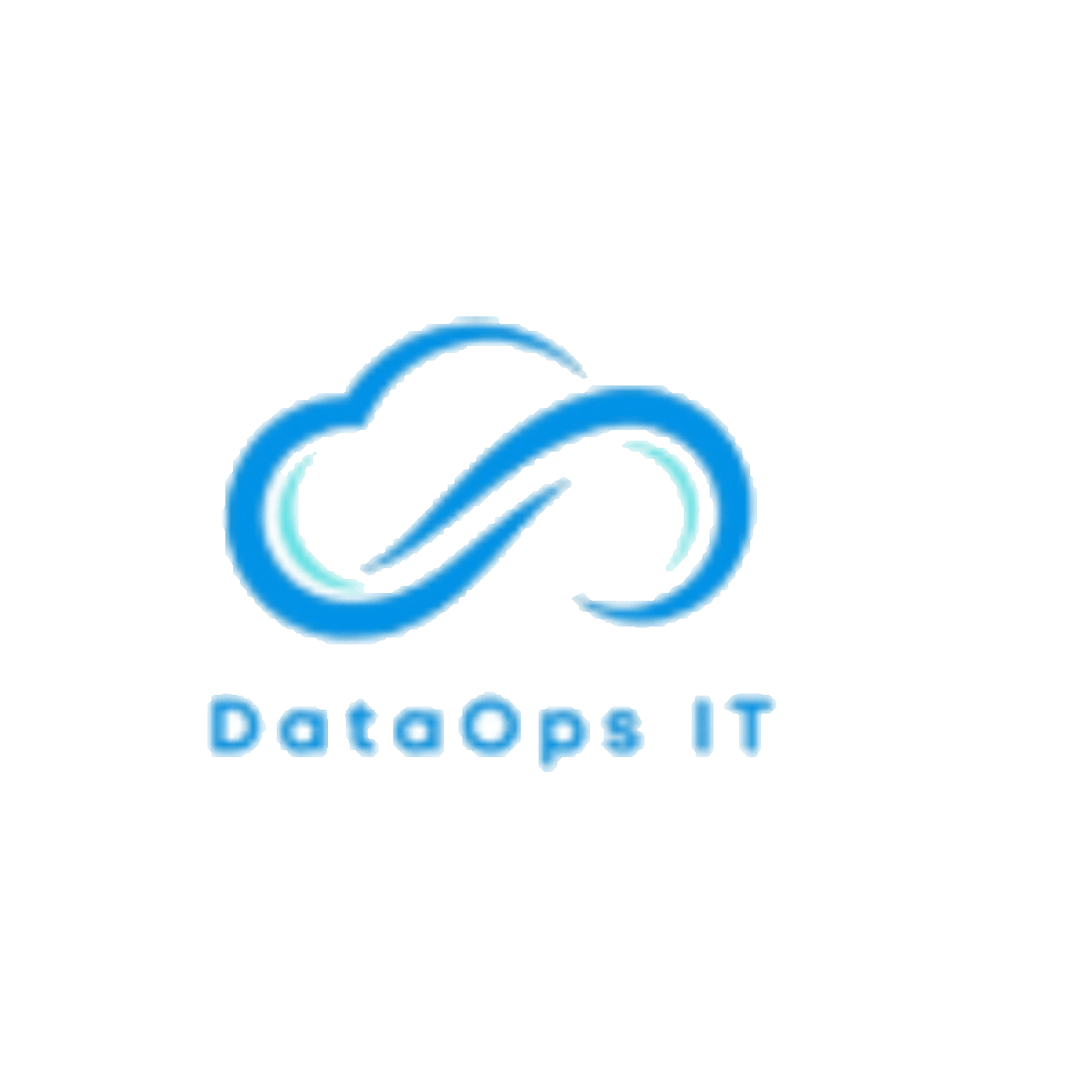
Database Performance Monitoring: Unlock Your System’s True Potential
Are your databases slowing you down? Are you attempting to identify the source of the bottleneck? Database Performance Monitoring (DPM) plays a crucial role in this situation! Let’s break it down in simple terms and show you why monitoring is essential for smooth and efficient database performance.
Why Choose Our Database Performance Monitoring Services
Cross-Platform Expertise
Skilled in SQL Server, Oracle, MySQL, PostgreSQL, and NoSQL systems
Proactive Monitoring Approach
Detect and resolve issues before they affect performance
Secure & Compliant Monitoring
Aligned with enterprise data protection frameworks.
Data-Driven Insights
Detailed performance analytics and optimisation recommendations
24/7 Support & Visibility
Continuous monitoring for business-critical environments
Choosing the Right DPM Tool
When looking for a database performance monitoring tool, ask yourself:
Who Needs Database Performance Monitoring?
You might be thinking, “Do I really need this?” The short answer is YES, especially if you’re:

Optimise Your Database Performance with Confidence
With our performance monitoring services, you can identify issues before they escalate, improve query speeds, and maintain consistent uptime. Our proactive approach ensures your databases stay secure, fast, and efficient — round the clock.
Frequently Asked Question
What is Database Performance Monitoring?
The process of database performance monitoring involves tracking and analyzing key metrics such as query execution time, CPU usage, memory usage, disc I/O, and response times to identify inefficiencies.
What are key metrics to monitor for database performance?
Inefficiencies in queries or insufficient resource adequacy may manifest as high CPU usage. Monitoring memory will ensure adequate distribution to avoid slowdowns. Slow disc read/write speeds affect query performance. Query execution time should help identify slow-performing queries. Throughput indicates transaction processing. Inefficient or missing indexes can lead to slow queries. Cache Hit Ratio shows data served from memory.
What tools can I use for Database Performance Monitoring?
Famous monitoring tools that provide the performance of a database include Oracle Enterprise Manager, SQL Diagnostic Manager, New Relic, AppDynamics, Prometheus, Grafana, Datadog, and pgAdmin for Oracle, SQL Server, open-source solutions, and cloud-based monitoring.
How do I identify and resolve slow queries?
Monitor tools to analyze the query execution time, identify high response times or resource consumption, review execution plans for inefficiency, and refactor queries or add indexes to improve performance.
How do I handle database scaling for performance improvement?
Scaling vertically increases server resources, while horizontal scaling distributes database loads across multiple servers or clusters. Sharding reduces load on a single server by splitting up large databases into manageable pieces.
At DataOps IT Ltd, We're Committed To Business
Take the first step towards achieving your business goals by contacting us today. Schedule a consultation with one of our Cloud & Database specialists to discuss your objectives and explore how our innovative solutions can propel.

